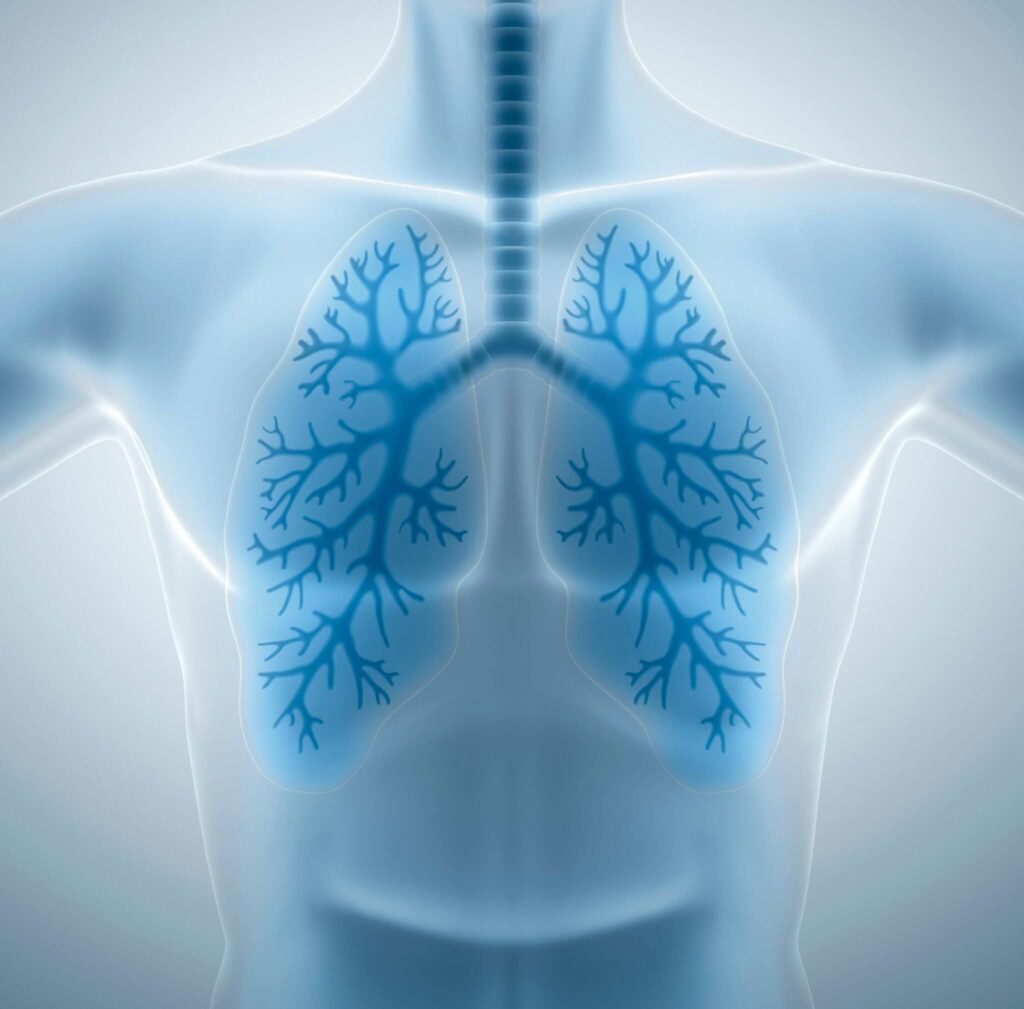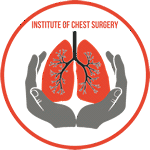Esophageal cancer is a challenging and potentially life-threatening condition that requires timely diagnosis and appropriate treatment. When esophageal cancer originates in the posterior mediastinum, a region in the chest behind the sternum, it presents unique diagnostic and treatment considerations. In this comprehensive guide, we will delve into the diagnostic methods used to identify esophageal cancer in the posterior mediastinum and explore the treatment options available to manage this complex disease effectively.
Understanding the Posterior Mediastinum
The mediastinum is the central compartment of the chest that houses various vital structures, including the heart, great vessels, esophagus, and lymph nodes. The posterior mediastinum specifically refers to the area located behind the heart and pericardium, extending from the lower portion of the trachea to the diaphragm. It contains the thoracic aorta, esophagus, azygos and hemiazygos veins, thoracic duct, and lymph nodes.
When esophageal cancer arises in the posterior mediastinum, it can be challenging to detect early due to the complex anatomy and proximity to essential structures. This type of esophageal cancer often involves the middle or lower third of the esophagus, and initial symptoms may be subtle, leading to delayed diagnosis.
Diagnosis of Esophageal Cancer in the Posterior Mediastinum
-
Medical History and Physical Examination:
The diagnostic process for esophageal cancer typically begins with a detailed medical history and physical examination. The healthcare provider will inquire about the patient’s symptoms, risk factors, and any relevant medical background. During the physical examination, the doctor may look for signs such as difficulty swallowing (dysphagia), unintended weight loss, or enlarged lymph nodes in the neck.
-
Imaging Studies:
Imaging plays a critical role in diagnosing esophageal cancer in the posterior mediastinum. Several imaging modalities are commonly used, including:
- Barium Swallow: A barium swallow involves swallowing a liquid containing barium, which coats the esophagus and highlights any abnormalities during X-ray imaging.
- Endoscopy: Upper endoscopy allows direct visualization of the esophagus using a flexible tube with a camera (endoscope). During the procedure, tissue samples (biopsies) can be obtained for further analysis.
- Computed Tomography (CT) Scan: CT scans provide detailed cross-sectional images of the chest, enabling the assessment of the tumor’s extent and potential spread to nearby tissues and lymph nodes.
- Positron Emission Tomography (PET) Scan: PET scans are helpful in detecting areas with increased metabolic activity, which may indicate cancerous growth.
-
Biopsy and Pathological Evaluation:
If suspicious lesions or abnormalities are detected during endoscopy or imaging, a biopsy is performed to obtain tissue samples from the tumor. These samples are sent to a pathologist for detailed examination under a microscope. The pathologist determines whether cancer is present, identifies the specific type of esophageal cancer, and assesses its stage and grade.
-
Staging the Cancer:
Staging is a crucial step in determining the extent and severity of esophageal cancer. It helps guide treatment decisions and provides a prognosis for the patient. The stage is determined based on factors such as tumor size, depth of invasion, lymph node involvement, and potential spread to distant organs.
Treatment Options for Esophageal Cancer in the Posterior Mediastinum
The treatment of esophageal cancer that originates in the posterior mediastinum depends on various factors, including the cancer stage, the patient’s overall health, and their treatment preferences. The main treatment modalities for this type of esophageal cancer include:
-
Surgery:
Surgical resection is often the primary treatment for early-stage esophageal cancer when the tumor is localized and has not spread to distant organs or lymph nodes. The goal of surgery is to remove the cancerous portion of the esophagus and nearby lymph nodes. Depending on the extent of resection, the remaining esophagus may be reconnected to the stomach or the intestine to restore swallowing function.
-
Chemotherapy:
Chemotherapy is commonly used for esophageal cancer, either before surgery (neoadjuvant chemotherapy) or after surgery (adjuvant chemotherapy). In advanced cases, chemotherapy may be the primary treatment to shrink the tumor and control the disease’s progression.
-
Radiation Therapy:
Radiation therapy involves the use of high-energy X-rays or other forms of radiation to target and destroy cancer cells. It can be used alone or in combination with surgery and/or chemotherapy to improve treatment outcomes.
-
Targeted Therapy and Immunotherapy:
For some cases of esophageal cancer, targeted therapy and immunotherapy may be recommended. These treatments are designed to specifically target cancer cells or enhance the body’s immune system to fight cancer more effectively.
-
Palliative Care:
In cases where the cancer is advanced and cannot be cured, palliative care aims to alleviate symptoms, improve the patient’s quality of life, and provide supportive care.
Conclusion
Diagnosing and treating esophageal cancer that originates in the posterior mediastinum require a comprehensive approach and the collaboration of a multidisciplinary team of healthcare professionals. Early detection through a combination of imaging studies, endoscopy, and biopsies is crucial for timely intervention and improved treatment outcomes.
Tailored treatment plans, considering the cancer’s stage and the patient’s overall health, can significantly impact the success of managing esophageal cancer. A supportive and informed patient-doctor partnership is essential throughout the treatment journey, from diagnosis to survivorship.
As always, the information provided in this article is for educational purposes only and should not be considered a substitute for professional medical advice. For personalized diagnosis, treatment options, and appropriate guidance, individuals should consult qualified healthcare professionals experienced in managing esophageal cancer.







